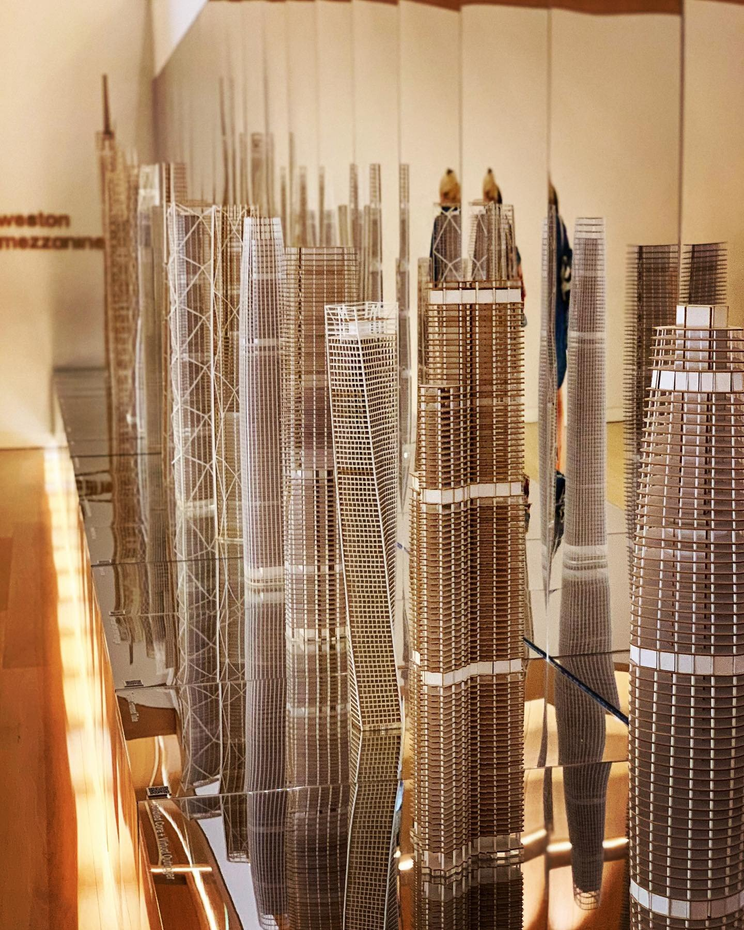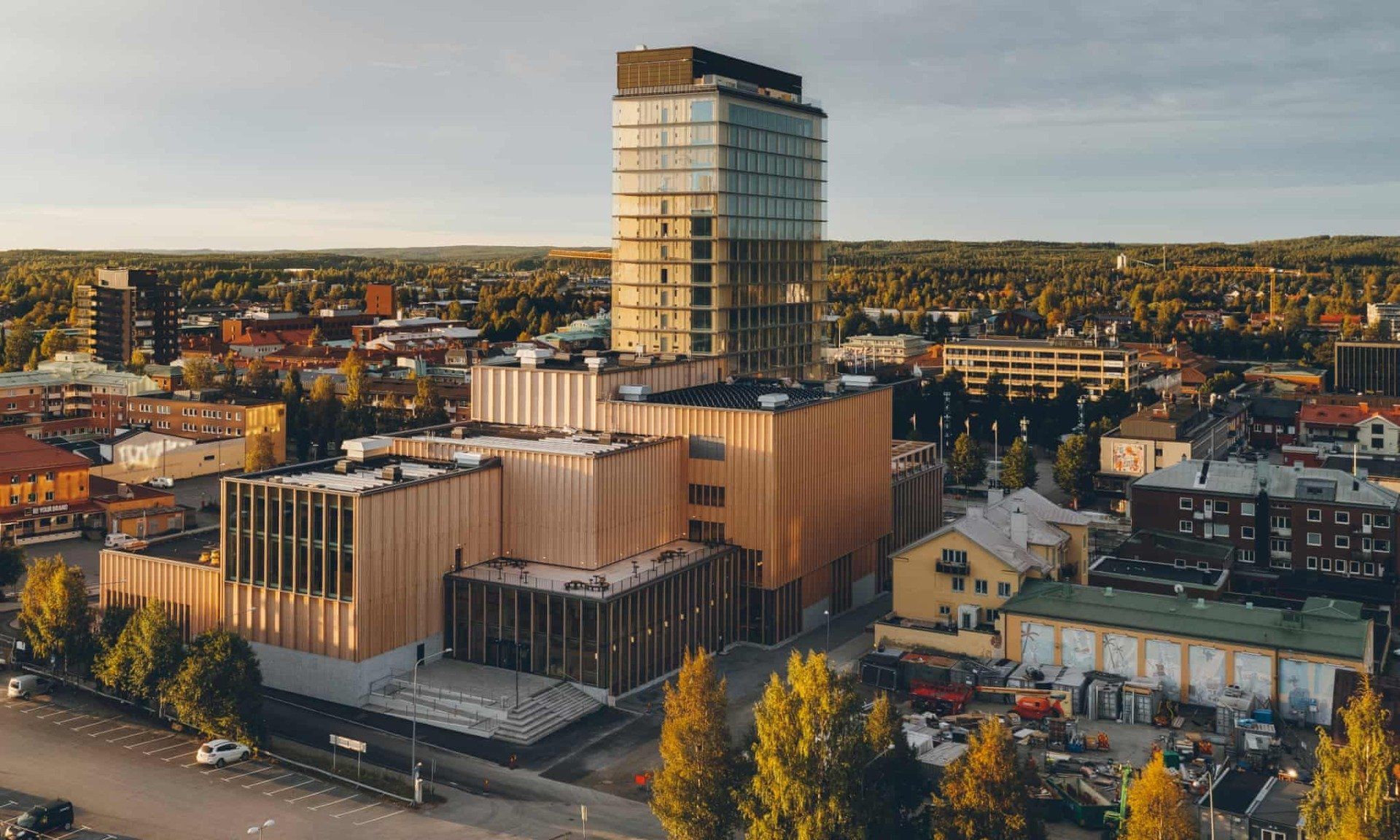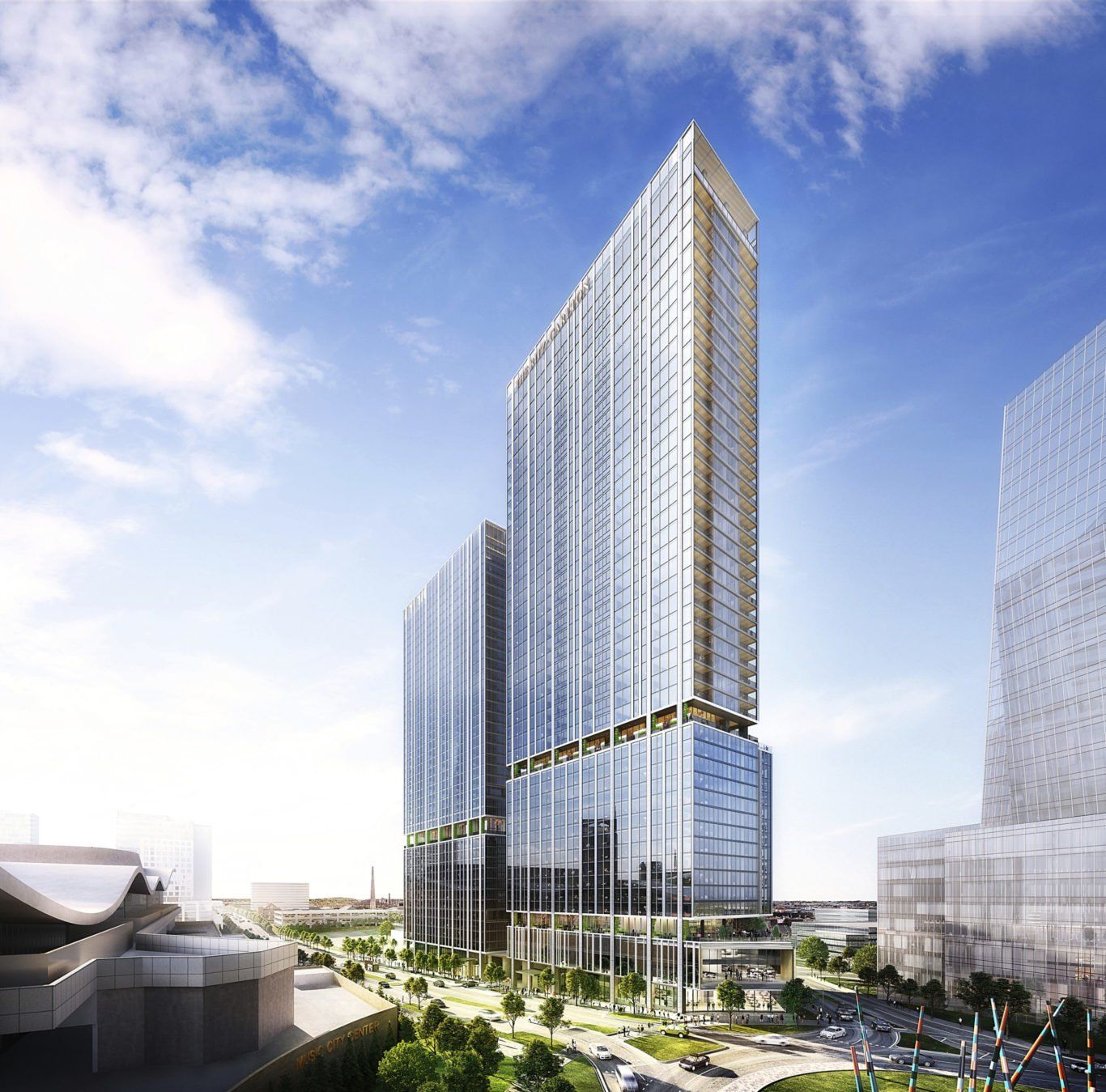Why, How, and What
is Tall Building?
Climate Risk and Decarbonization
are accelerating: What it means for tall buildings industry
Decarbonizing tall buildings industry requires considering a building’s ecosystem.

What can you do about climate change?
2 billion tonnes of CO2 must be removed or reduced annually to help decelerate the most dangerous, irreversible effects of climate change.
5,981 million metric tons of CO2: What does that mean?
An explanation of units: A million metric tons is equal to about 2.2 billion pounds, or 1 trillion grams. For comparison, a small car is likely to weigh a little more than 1 metric ton. Thus, a million metric tons is roughly the same mass as 1 million small cars!
What is Tall Buildings "De-carbonization"?

The Tall Buildings Institute is a professional body for architects, structural engineers, mechanical/electrical engineers, building developers, building authorities, universities, and colleges around the world, based in the New York, United States.
The Institute uphold standards, lectures, shares knowledge, webinars, promotes Tall Buildings and provides a voice for architects and engineering profession.
Our Philosophy
Championing competence is at the core of our institute.
We are committed to making the tall buildings industry profession more accessible for students. We value diversity and the perspectives people from different backgrounds bring to the tall buildings Institute. We work with other professional bodies and our members to identify and remove barriers in the field of tall buildings industry.
Community
We work to create an international community of tall buildings excellence, facilitated by our digital platforms, Regional Group activity and networks of special interest.
Latest News






